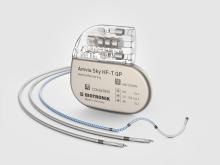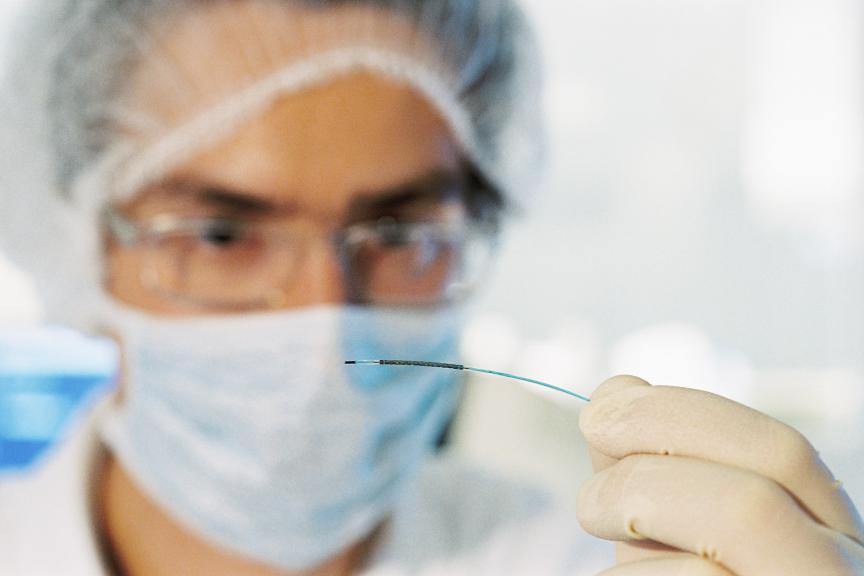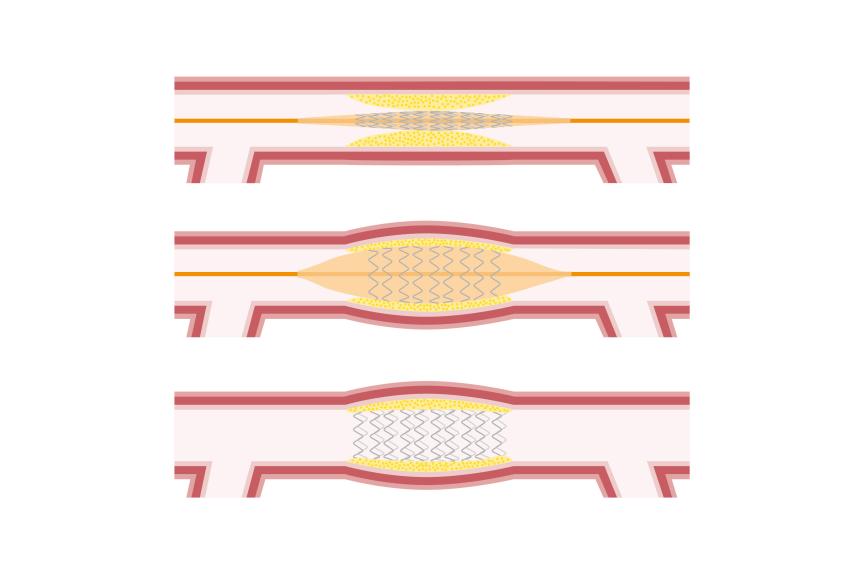What Is Stenting?
Stenting is a minimally invasive method to re-open narrowed or blocked arteries from inside the vessel. It is a widely used standard procedure to treat coronary and peripheral artery disease. The aim of the procedure is to re-establish unhindered blood circulation in the affected arteries. It is a method to keep an artery open permanently. A stent is a miniscule mesh tube made of nitinol, stainless steel or a cobalt-chromium alloy. Stenting is performed in a catheterization laboratory ("cath lab") under local anesthesia.




